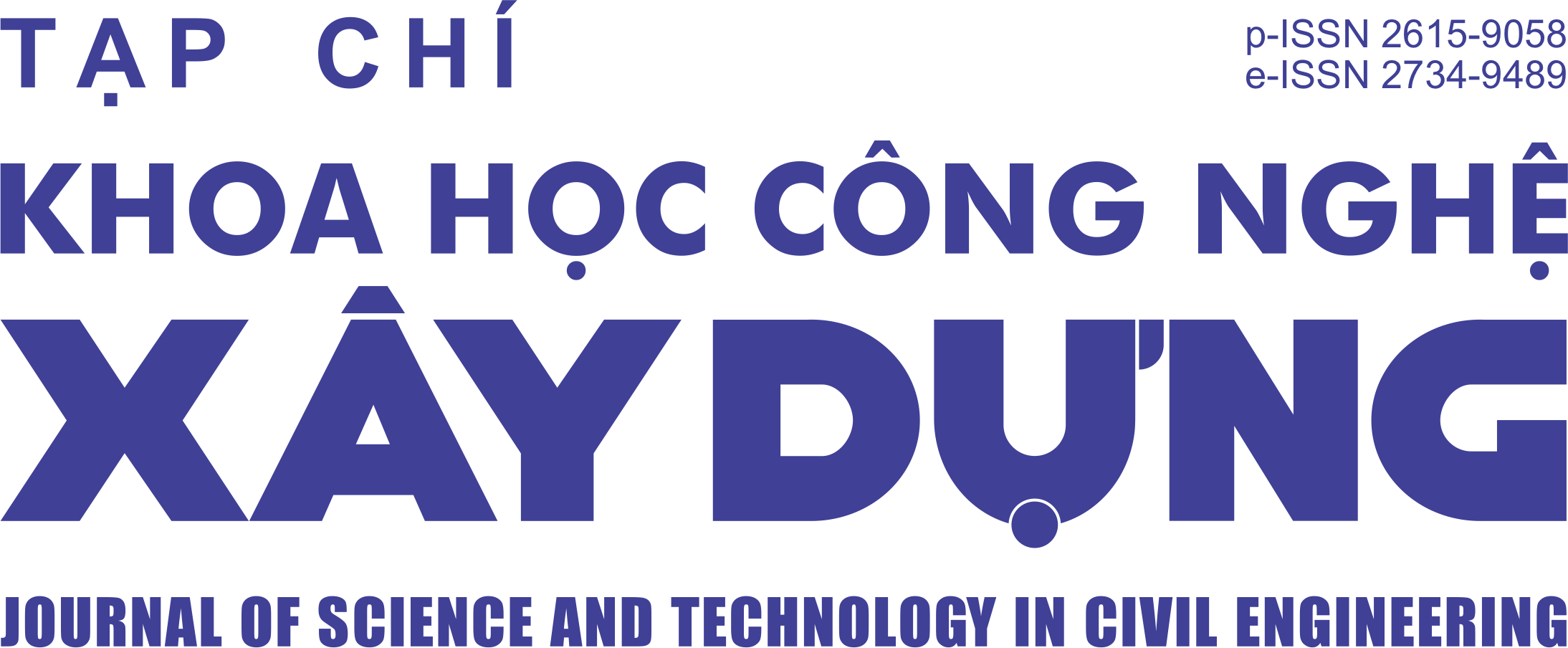Fine and ultrafine particle concentrations at Hanoi primary schools
Abstract
Epidemiological studies have consistently shown that fine (PM2,5 and PM10) and ultrafine (UF) particles measured in terms of particle number (PN) concentrations are toxic to human health, especially to children, who are easier exposed to these pollutants. Studies on particle concentrations at primary schools have attracted worldwide scientists’ attention. However, there is no related article in Vietnam published yet. Using two sets of instruments, the authors, for the first time, have simultaneously and continuously measured concentrations of UF, PM2,5, and PM10 both indoor and outdoor of classrooms at ten Hanoi primary schools in order to quantify and primarily evaluate factors that affect particle concentrations. Mean concentrations of indoor and outdoor UF particles were 3846-8709 particle/cm3 and 8519-33624 particle/cm3, respectively. Mean indoor and outdoor PM2,5 concentrations were 71-173 μg/m3 and 80-355 μg/m3, respectively; While average indoor and outdoor PM10 concentrations ranged from 81-188 μg/m3 and 99-410 μg/m3, respectively. Statistical analysis showed that indoor UF particle concentrations were strongly influenced by high outdoor vehicle PN sources, while indoor PM2,5 and PM10 levels were influenced by both outdoor sources and indoor primary school students’ activities.
Keywords: Ultrafine particle, fine particle PM2,5 and PM10.
Received: September 25th, 2017; revised: October 12th, 2017; accepted: November 2nd, 2017
Downloads
1. The Author assigns all copyright in and to the article (the Work) to the Journal of Science and Technology in Civil Engineering (JSTCE) – Hanoi University of Civil Engineering (HUCE), including the right to publish, republish, transmit, sell and distribute the Work in whole or in part in electronic and print editions of the Journal, in all media of expression now known or later developed.
2. By this assignment of copyright to the JSTCE, reproduction, posting, transmission, distribution or other use of the Work in whole or in part in any medium by the Author requires a full citation to the Journal, suitable in form and content as follows: title of article, authors’ names, journal title, volume, issue, year, copyright owner as specified in the Journal, DOI number. Links to the final article published on the website of the Journal are encouraged.
3. The Author and the company/employer agree that any and all copies of the final published version of the Work or any part thereof distributed or posted by them in print or electronic format as permitted herein will include the notice of copyright as stipulated in the Journal and a full citation to the Journal as published on the website.







